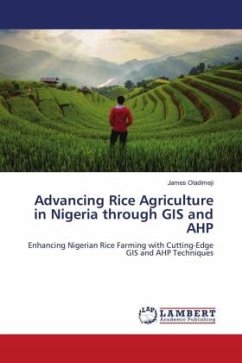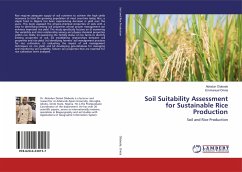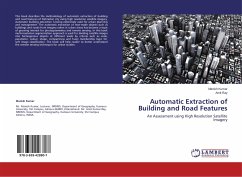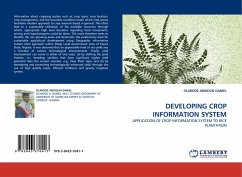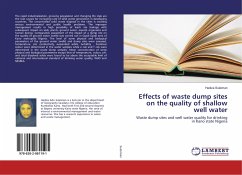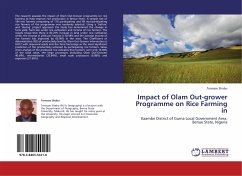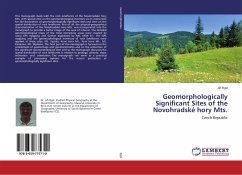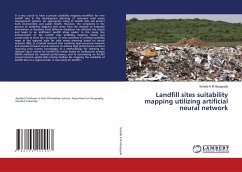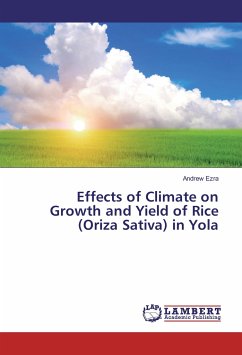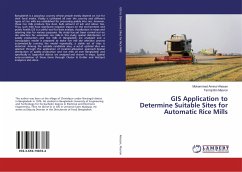
GIS Application to Determine Suitable Sites for Automatic Rice Mills
Versandkostenfrei!
Versandfertig in 6-10 Tagen
51,99 €
inkl. MwSt.

PAYBACK Punkte
26 °P sammeln!
Bangladesh is a populous country whose people mostly depend on rice for their food intake. Paddy is cultivated all over the country and different types of rice mills are established for processing paddy into rice, however, these rice mills produce fine dust, bulk amount of ash and odour too. Thus, such mills have significant negative impact on the environment and public health.GIS is a useful tool for data analysis, visualization in maps and selecting sites for various purposes. No study has yet been carried out on site selection for automatic rice mills.In this study, spatial distribution of ...
Bangladesh is a populous country whose people mostly depend on rice for their food intake. Paddy is cultivated all over the country and different types of rice mills are established for processing paddy into rice, however, these rice mills produce fine dust, bulk amount of ash and odour too. Thus, such mills have significant negative impact on the environment and public health.GIS is a useful tool for data analysis, visualization in maps and selecting sites for various purposes. No study has yet been carried out on site selection for automatic rice mills.In this study, spatial distribution of paddy production and rice mills in Bangladesh are analyzed and a cartographic model is prepared to make rice mill site selection process automated.By running the model repeatedly, a stable set of sites is detected. Among the suitable candidate sites, a set of optimal sites are selected through the application of location-allocation approach.Spatial distribution of paddy production and rice mills all over Bangladesh and specifically in Joypurhat district are analyzed and shown in maps. Spatial auto-correlation of these items through Cluster & Outlier and HotSpot analysis is also done.



